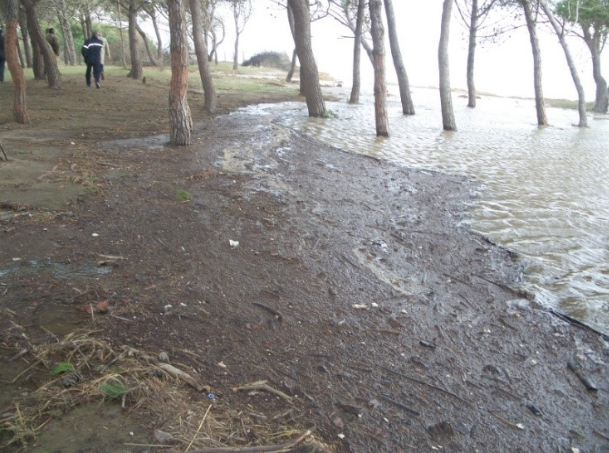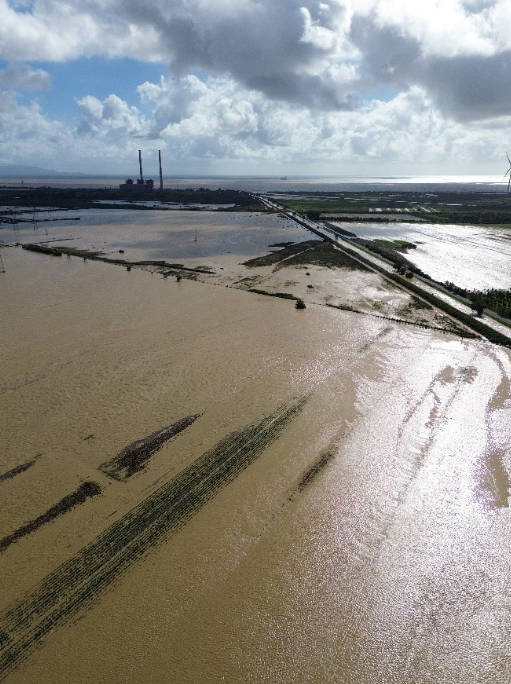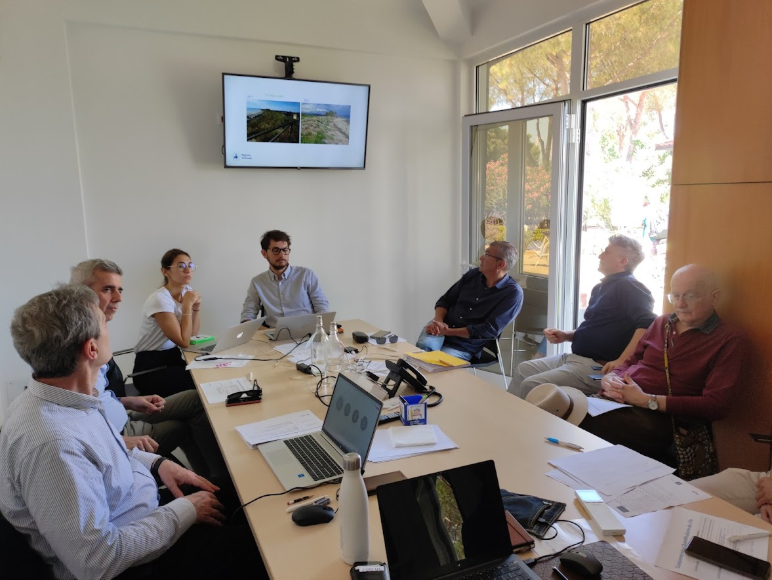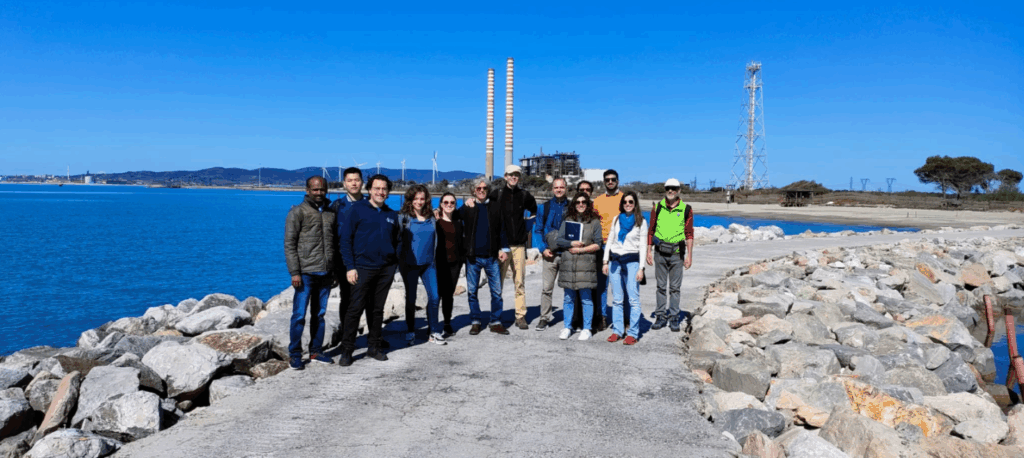Geologist Luca Sbrilli spearheads efforts to protect Tuscany’s Val di Cornia with coastal restoration and community resilience.
The Val di Cornia’s coastal plain, with its delicate dunes and marshlands, is increasingly vulnerable to climate change, a challenge that Luca Sbrilli, a geologist and former president of Parchi Val di Cornia, has been tackling for decades.
He explains that the region faces subsidence and seawater intrusion extending several kilometres inland. “Despite the small elevation dimensions of the present dune system, it remains the last natural bulwark against the encroachment of the sea into the coastal plain,” Sbrilli notes, emphasising the critical role of these natural barriers.
However, extreme weather events, such as the devastating storms of 2008 and 2018, have eroded dunes and flooded back-dune habitats, threatening biodiversity and altering the region’s morphology.

The 2008 storm destroyed a pine forest in the Sterpaia Coastal Park, while the 2018 event a rare 300-year storm pushed sandy material into marsh areas, disrupting ecosystems.
More recently, in October 2024, heavy rainfall caused the Cornia River to breach its banks, flooding 2,000 hectares and displacing 174 residents. These events underscore the region’s vulnerability to intensifying climate impacts, including desertification, reduced rainfall, and salinisation of groundwater, which are decimating coastal pine forests and shifting local biodiversity.

Resilience through natural solutions
Sbrilli’s involvement in the R4C project centres on innovative, nature-based solutions (NBS) to enhance climate resilience. Following the 2018 storm, the Region of Tuscany and the Municipality of Piombino launched a dune restoration project in 2019, using naturalistic engineering techniques to stabilise the dune system. “The results have been excellent,” Sbrilli says, emphasising the effectiveness of low-cost, sustainable interventions.
A cornerstone of the region’s resilience strategy is the River Contract, led by the Consorzio di Bonifica No. 5 Costa Toscana. This participatory process culminated in an Action Plan prioritising climate resilience, engaging municipalities, agricultural stakeholders, and the Tuscany Region. The plan promotes sustainable urban drainage systems (SUDS), groundwater recharge, and the creation of a river park along the Cornia to preserve the region’s hydrogeological balance. Sbrilli sees these measures as vital for managing water resources in a region increasingly plagued by drought and flooding.
Tuscany also advances resilience through the Natura 2000 network, with conservation measures targeting forest ecosystems and retro-dune wetlands like Padule Orti Bottagone. Plans to expand these sites to include vulnerable areas like the Sterpaia coast aim to bolster ecosystem resilience against rising sea levels and extreme weather.
Community engagement and policy challenges
Another key climate resilience pillar is community involvement. The River Contract’s participatory approach has fostered collaboration among local institutions, farmers, and citizens. “The work carried out through the participatory path of the River Contract, and the Action Plan signed by local institutions, is considered a fundamental element for our territory,” Sbrilli states, highlighting its significance. He further notes the inclusion of SUDS as “a very important element both from a cultural point of view and of the Actions that may materialise in the near future,” underscoring its potential to drive transformative change.

However, translating political will into concrete interventions remains a challenge. “The transition from political will to the implementation of concrete interventions is always very long and difficult,” Sbrilli admits, pointing to the urgent need for faster implementation of the River Contract’s Action Plan. The absence of a dedicated public entity for climate resilience further complicates efforts, leaving much of the work to private professionals and local technicians.
A vision for the future
With over 30 years of experience studying the Val di Cornia’s coastal dynamics, Sbrilli is inspired by the opportunity to protect its natural and cultural heritage. His work with R4C includes geological surveys for dune restoration and organising workshops on just transition, ensuring that climate solutions are equitable and inclusive. He is particularly excited about emerging technologies like SUDS, artificial groundwater recharge, and natural floodwater storage systems, which offer scalable solutions for other vulnerable regions.
Sbrilli’s advice to young geologists and environmental scientists is to persevere in communicating long-term climate risks, even when met with scepticism. “Sometimes one is not able to convey the future scenarios on the territory for the next 30, 50, or 100 years,” he says, but “the challenge is precisely this, to insist and make aware all those with whom we interface.” He emphasises the reward, noting, “When we see the success of one of our projects that has been able to safeguard the heritage…it repays us for all our efforts.”

The Val di Cornia’s experience offers valuable lessons for other regions. The LIFE REWAT project and earlier LOCAL AGENDA 21 initiatives demonstrate the power of participatory processes in building a shared culture of resilience. Sbrilli advocates for strong social pacts involving citizens, institutions, and businesses to drive sustainable solutions.
As the Val di Cornia continues to adapt to a changing climate, the work of R4C exemplifies the critical role of geologists in bridging science, policy, and community action. By preserving the region’s dunes, wetlands, and cultural heritage, the project helps ensure that this Tuscan coastline remains a resilient bulwark against the rising tides of climate change.
